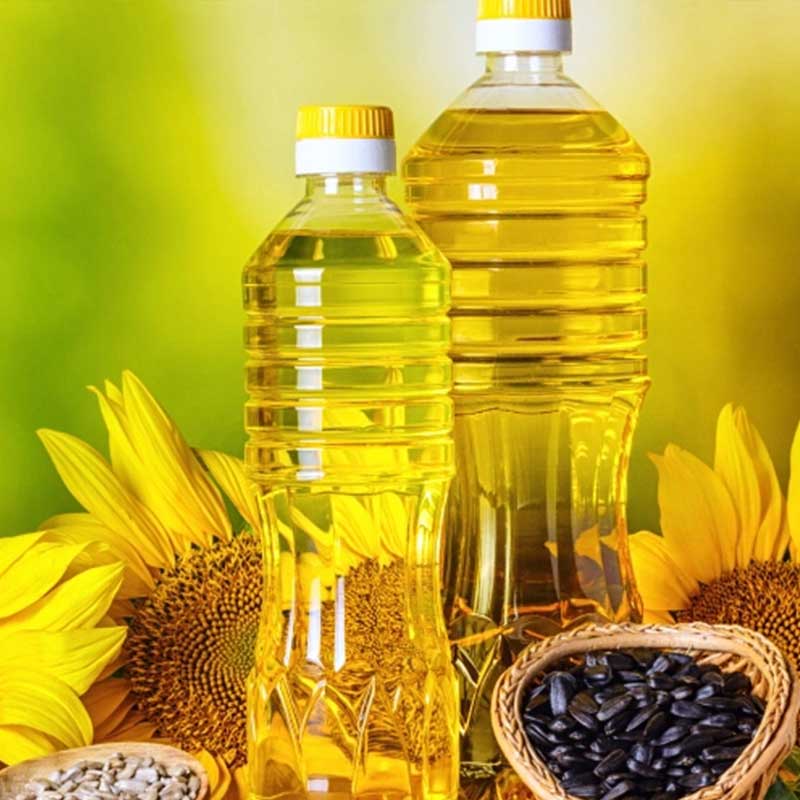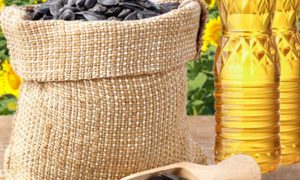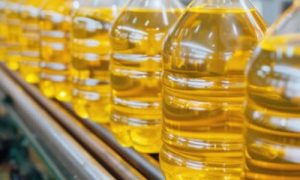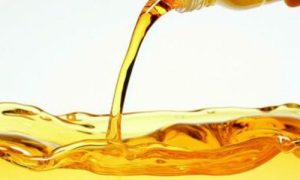Plan afoot to revive sunflower cultivation

The Indian government plans to revive sunflower cultivation across multiple states to reduce edible oil import dependence. Under the national mission on edible oils, sunflower will be promoted as a summer crop, with processing facilities and financial incentives aimed at boosting production and reducing reliance on imports.
In the 2010-11 crop year, area under sunflower was 0.93 million hectare (MHa), which gradually declined as farmers shifted to more remunerative crops in Karnataka, Andhra Pradesh and Telangana.
The government is aiming to revive cultivation of sunflower in states including Karnataka, Andhra Pradesh, Bihar, Chhattisgarh, Madhya Pradesh, Punjab and Haryana. The oilseed will be cultivated as summer crop and by replacing some rabi paddy area.
After a gap of over a decade, Bihar, Chhattisgarh, Madhya Pradesh, Punjab and Haryana took up sunflower as summer crop in the 2024-25 season under the national mission on edible oils. The mission aims to reduce the import dependence on edible oil from the current level of 57% to 28% by 2032.
Out of the total edible oils import of 15.96 million tonne (MT) in 2023-24 oil year (Nov- Oct) crude sunflower oil import was 3.5 MT or 22%. India mostly imports sunflower oils from Ukraine
Although the area under sunflower is very small compared to total oilseeds area, an official said with the setting up of clusters for processing, farmers would again revive cultivation of oilseeds variety for ensuring remunerative prices for the farmers.
“We are aiming to replace summer and rabi grown paddy area with sunflower cultivation,” Kapildev Deepak, joint director, agriculture, Chhattisgarh told FE. The state government is looking for setting up processing facility through value chain development for sunflower farmers.
In the 2010-11 crop year, area under sunflower was 0.93 million hectare (MHa), which gradually declined as farmers shifted to more remunerative crops in Karnataka, Andhra Pradesh and Telangana. “Lack of availability of hybrid seeds, un-remunerative prices because of surge imports lead to decline in domestic output of the sunflower,” an official said
Out of the total oilseeds cultivated area of 30.19 MHa in 2023-24 crop year (July-June), area under sunflower was only 0.15 Mha (0.5%). Share of other key oilseeds include soybean 13.25 Mha (44%), mustard 9.18 Mha (30.4%), groundnut 4.7 Mha (15.65%) and Seamum 1.53 Mha (5.1%).
Oilseeds have traditionally been grown during kharif and rabi seasons. Meanwhile, the area under oilseeds – groundnut, sunflower and sesame, during summer season (2024-25) is over 1.03 million hectare (Mha), compared to 0.82 Mha in the previous year.
An agriculture ministry official said that while edible oil missions seek to boost oilseeds output, sunflower cultivation has huge potential to expand.
Currently financial incentives are being provided to farmer producers organisations (FPOs), cooperatives, and industry players to establish or upgrade post-harvest units through cluster development.
Officials said that summer-sown oilseeds are expected to boost overall output, leading to enhanced area and availability of edible oil. “States have come up with proposals for setting up clusters for boosting oilseed output and setting up processing units in collaboration with private entities and farmers’ collective,” an official said.
The Rs 10,103 crore national edible oil mission aims at enhancing the production of key primary oilseed crops such as rapeseed-mustard, groundnut, soybean, sunflower, and sesame.
The mission launched last year also aims to increase collection and extraction efficiency from secondary sources like cottonseed, rice bran, and tree borne oils.
In addition, the mission has proposed a dynamic import duty structure based on the minimum support price (MSP) of oilseeds as well as domestic and global prices.
To Read more about Edible Oil News continue reading Agriinsite.com
Source : Financial Express
















